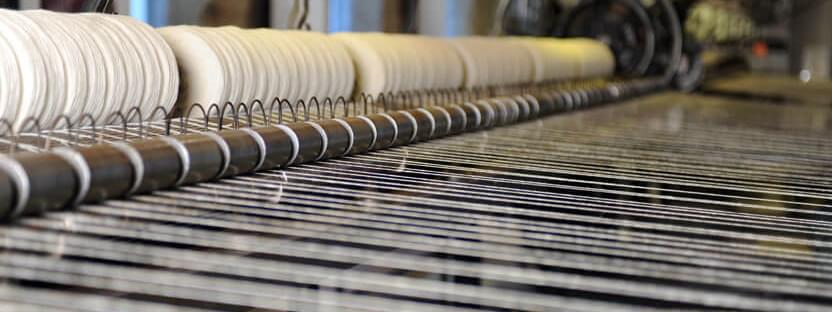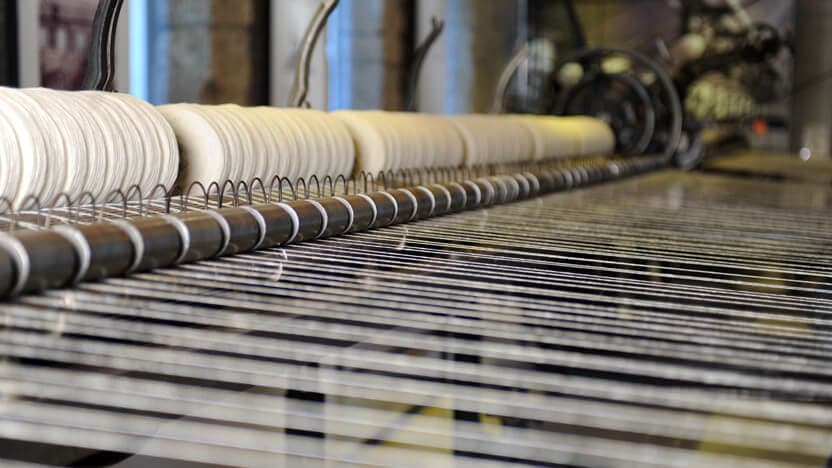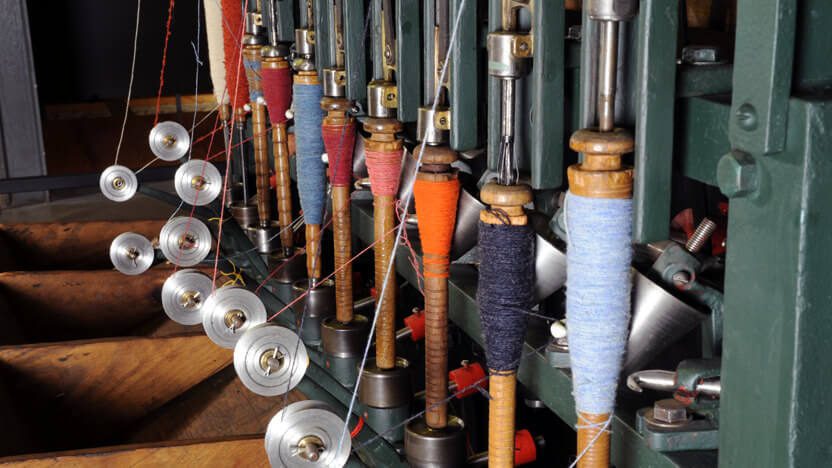The abundance of wool breeds and the course of Carpiteira and Degoldra streams provided Covilhã with the required conditions to succeed in the textile industry. Wool has been transformed here ever since the first years of Portuguese independence, but it was the Marquis of Pombal who ordered the Covilhã Royal Textile Factory to be built and gave the final spurt for the development of this region. Nowadays, the royal factories have been replaced by the Wool Museum of the University of Beira Interior, a place where you can still discover the machines, techniques and living experiences which made Serra da Estrela wool one of the most interesting success stories in Portuguese industry.
Royal Textile Factory and Veiga Royal Factory
Founded in 1764 by the Marquis of Pombal, the Covilhã Royal Textile Factory led to a period of great economic prosperity in the region. Back then, the monumental building where it stood was marked by technological innovation and the factory was associated with high quality products and apprenticeship training. For years, there was intense work within this space until the Royal Factory was closed in 1822. Its four large Pombaline style buildings were first used for military purposes but would be finally closed a few years later.
Wool and fabric manufacture went on throughout the 19th century in small private factories. Among them was the Veiga Royal Factory which started as a small dye workshop in 1784 and went on to become the headquarters of a large complex with about twenty factories spread throughout the Covilhã and Fundão municipalities.
Although the early 20th century was marked by abundance and development, this growing industry progressively declined. Factories slowly began to close down and their buildings were abandoned until the University of Beira Interior was established at the old Covilhã Royal Textile Factory building in 1975, which brought on a new life to the city’s ancient History.






